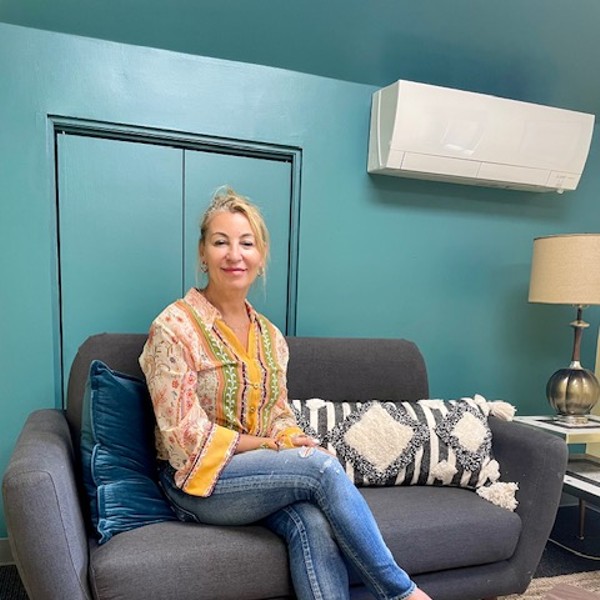The coronavirus has forced the world to pivot on almost every front, and mental health counseling is no exception. Instead of the classic in-person meeting with a therapist in an comfortably appointed office across a box of tissues, people have switched to speaking with their doctors virtually. Whether it's a conversation about COVID-19 itself or to address ongoing concerns, telehealth therapy is a way for patients to continue their relationships with their counselors throughout the shelter-in-place order.
How it Works
Telehealth can be face-to-face with video conferencing or done over the phone. Though it’s not limited to just therapy, and used for wide varieties of doctor-related visits, it’s a great option to protect both patients and healthcare workers. To ease the financial stress some patients are coping with, New York insurance companies are required to cover costs and waive copayments for telehealth appointments, including those for psychotherapy.
Therapist Lia Carroll is experiencing this virtual world of therapy firsthand, having had to switch from seeing her longtime patients in person to talking to them by phone. “I'm continuing with the clients I had prior to coronavirus, and some new ones,” Carroll says, noting that she’s seen a rise in the number of clients seeking counseling during the pandemic.
Road Bumps?
Many therapists and counselors have offered the same practices through telehealth, just without the physicality. Sure, you’re not in the same room, but you can still see them. Not technologically advanced? Try a phone call. You may not be able to video chat, but you’ll be able to hear their voice. Carroll transitioned to telehealth in mid-March and has had to adjust immensely. “I'm trying out different telehealth platforms because some clients want a video,” says Carroll.
Carroll has seen a rise in the number of clients seeking counseling during the pandemic. Though she’d prefer to interface in person, she sees some advantages to the switch to virtual conversation. “It heightens my listening,” Carrol says. “Before I had sight, so I could see how they were shifting in their seats. Now that I only have a phone, I can imagine when their voice changes and likely what their body is doing.”
The Best Method
Therapy sessions normally last close to an hour, so Carroll recommends 60 minutes of uninterrupted time so both parties can maintain focus. Stay away from the noisy aspects of your life and have a bit of flexibility in order to engage in the telehealth call as much as possible.“I think it’s securing pets, kids, or wild uncles—like taking the time to make your space quiet, or at least as quiet as you can. It’s helping the client, as well as yourself [the therapist] recreate the safety of the therapy room,” Carroll says. Grab a cup of tea, put the dog out, find a quiet place, and speak with your trusted therapist like you’re practically in the same room.
Lia Carroll is offering telehealth sessions with flexible appointment times for all ages. She specializes in depression, anxiety, trauma, and PTSD, but is open to COVID-19 related problems or any other issues one has been coping with.
The switch to remote therapy is challenging for both therapists and clients, but Carrol notes one silver lining of the pandemic. “For some folks, it's almost like the amount of global anxiety decreases their personal anxiety because everyone's anxious,” Carroll says.

















